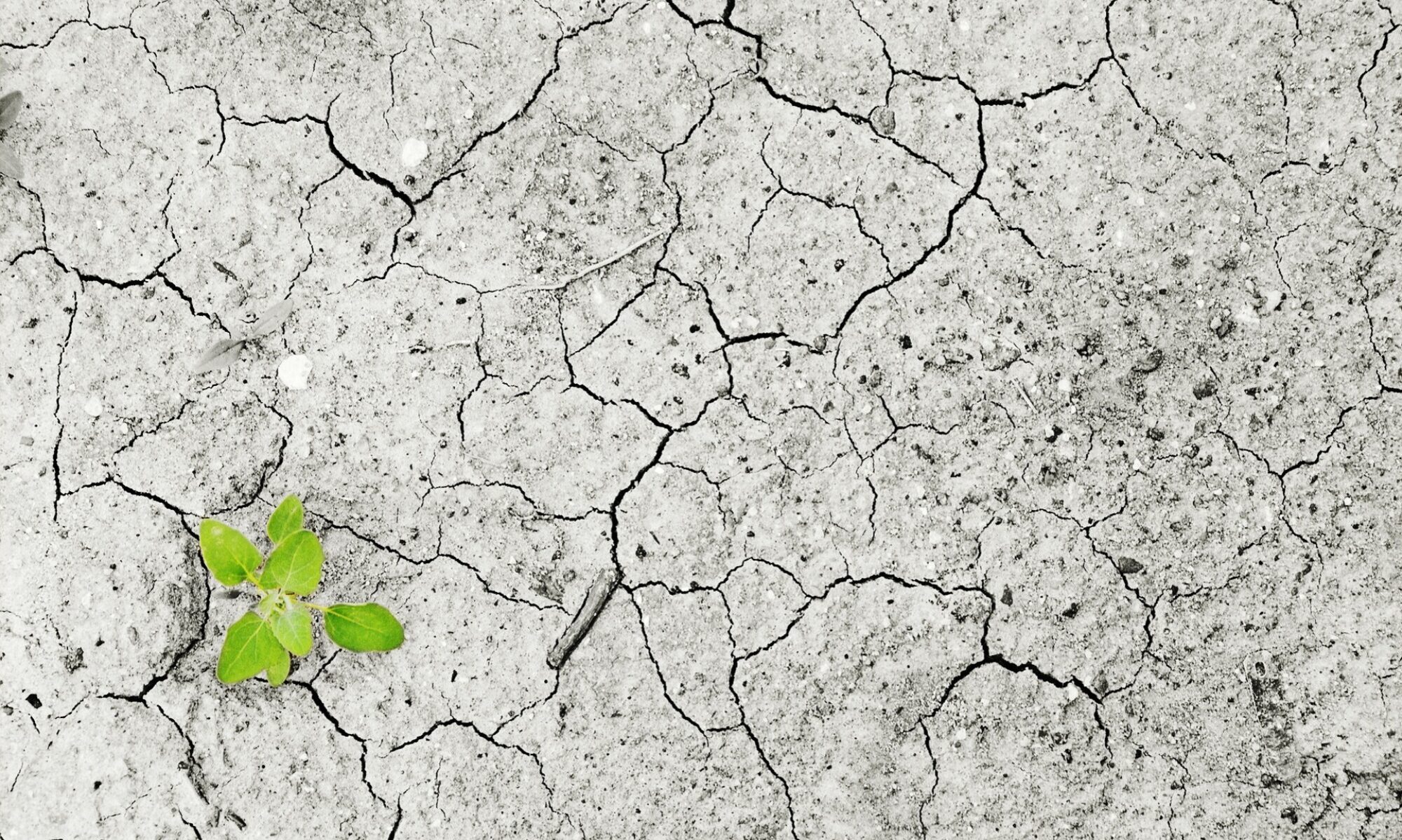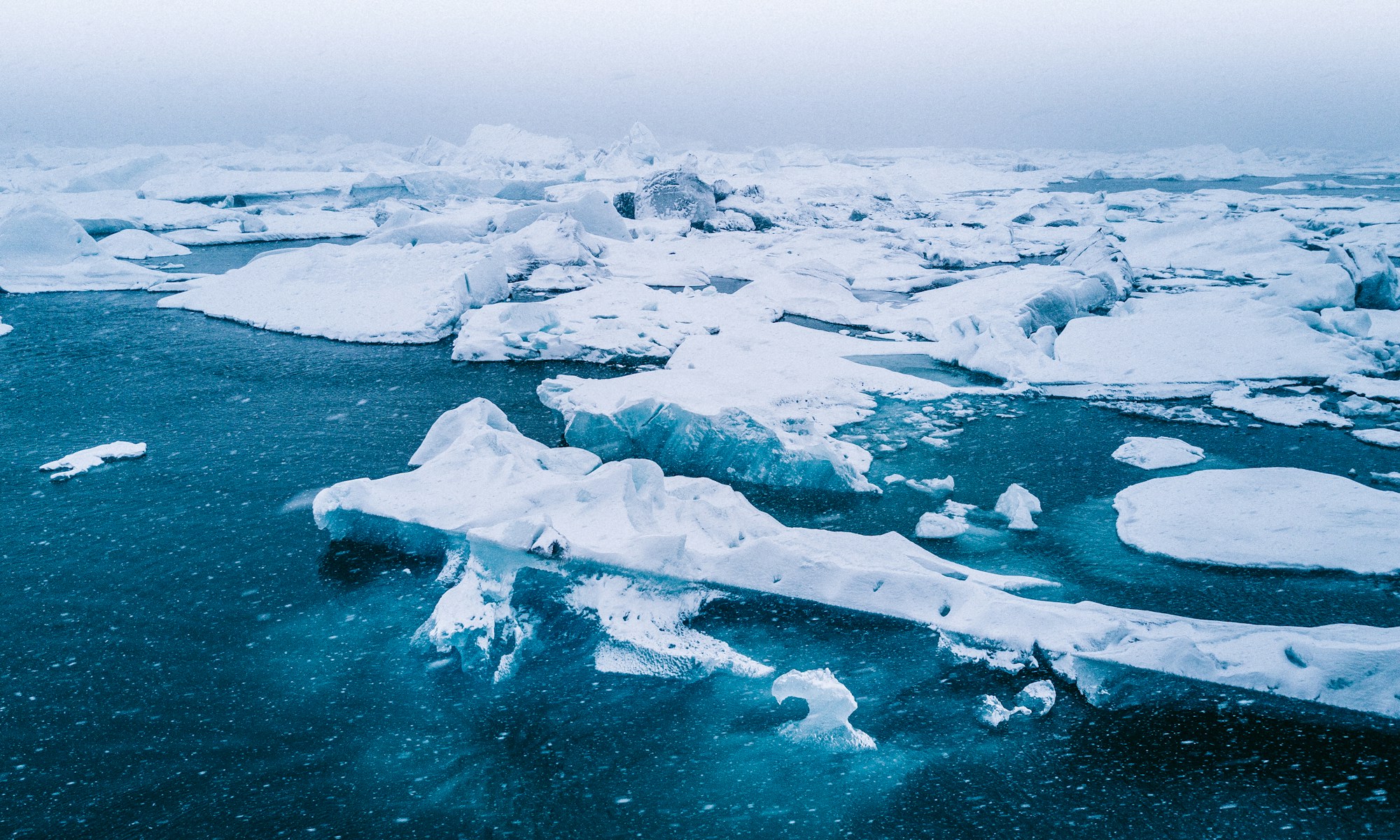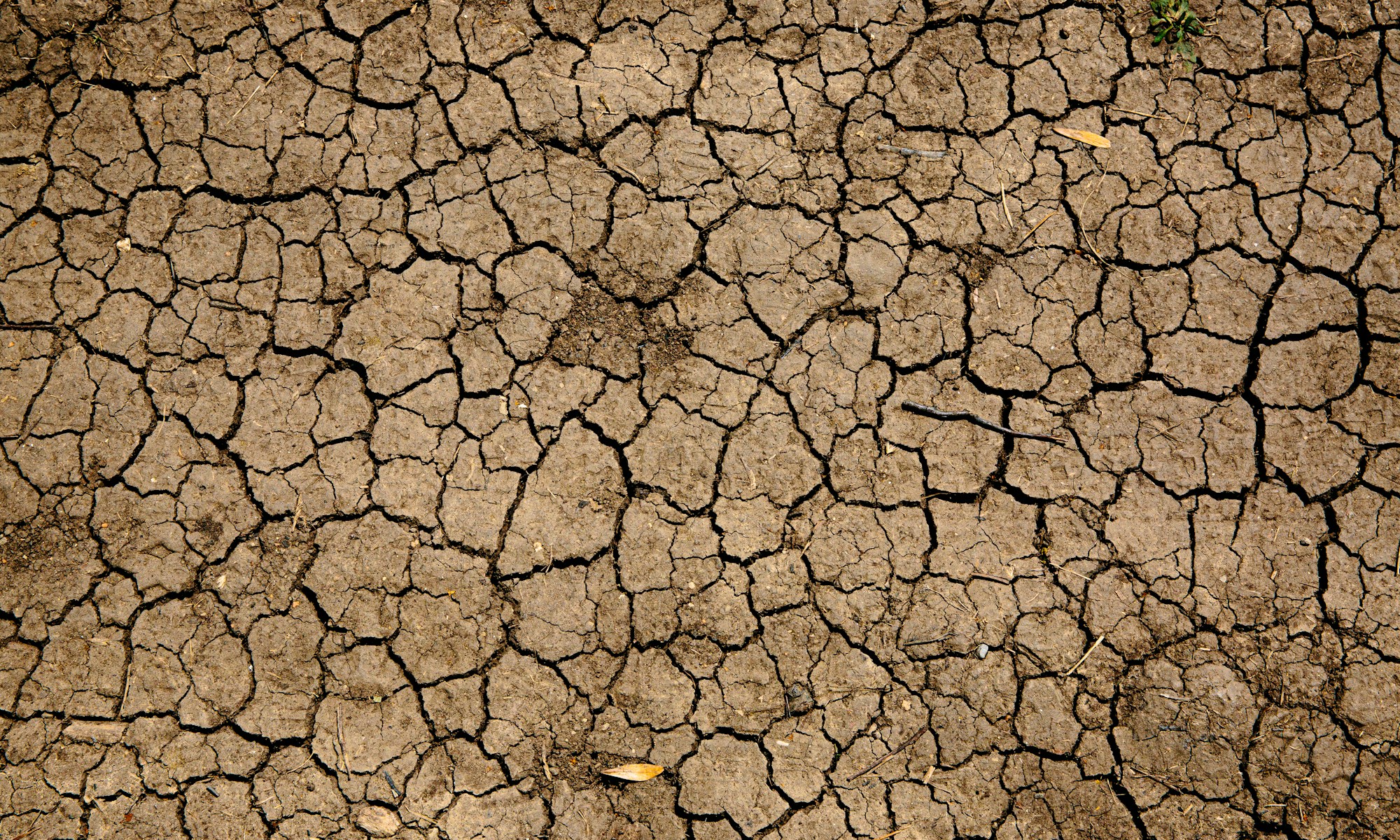3 December 2021 – by Rachel Aronoff
Climate change is dismantling some of the most fragile human-environment dynamics in existence. Across the globe, changes in seasonality are threatening the survival of regions that have relied on subsistence farming for centuries.
Malawi, a small country located in the heart of Africa, remains one of the most environmentally volatile nations on earth. For thousands of years, vast regions of rural Malawi have depended upon predictable climate patterns to ensure agricultural yields. Over the past two decades, however, increasing irregularities in seasonal weather patterns have made it difficult for small-scale farmers and communities reliant on subsistence farming methods to maintain their livelihood. In the absence of government intervention, human driven heating will continue to crumble these agrarian communities.
The ongoing climate crisis in Malawi must be examined at a micro level in order to address the issues that afflict the most vulnerable districts in the nation. It will be critical to develop a reconstructive framework that prioritizes the needs of local communities, and increases the adaptive capacity of those subsisting on the land in rural regions.
Compounding changes in seasonality have created immense challenges for a majority of the country’s population, who maintain a deeply interdependent relationship with the environment. More than 80% of Malawian farmers rely on stable and predictable rainfall cycles to support food production. [i] Due to extreme poverty, the use of artificial water channeling remains particularly low, with less than 5% of farmers adopting non-traditional irrigation techniques. [ii] The reliance on cyclical rainfall patterns intensifies the population’s susceptibility to the adverse effects of climatic extremes, such as flooding and drought. In order to mitigate the impacts of climate variability on annual agricultural yields and local food supply, it will be crucial to enable rural communities to utilize more efficient irrigation, flood diversion, and water storage methods.
How can access to water be improved?
The most functional water channeling method to administer in rural Malawi is the drip irrigation system. This technique involves direct and regulated application of water to the root zone of each crop through a nexus of subsurface pipes and tubes. This tactic minimizes runoff, evaporation, and conserves 30-65% more water compared to rainfed cultivation, making it most suitable for high temperature environments.[iii] It has also been shown to generate higher yields and better quality produce than traditional systems, providing sufficient irrigation throughout the dry season, whilst preserving soil fertility. [iv]
Alternative irrigation methods also decrease the need for labor-intensive water carrying practices. This helps to improve the safety and productivity of women living in rural areas by reducing the burden of water transportation. A recent study reports that 13.54 million women (and 3.36 million children) in Sub-Saharan regions are responsible for water collection trips that take 30 minutes or longer.[v] Women may spend an average of 4.5 hours per week collecting water, causing many to compromise their own safety along with the well-being of their children.[vi]
The distance between many villages’ functional water points continues to expand as a result of environmental disaster. In 2019 alone, tropical cyclone Idai caused massive damage to the land and infrastructure, leaving nearly 700,000 people without secure routes to fresh water. [vii]
Aside from compromising food security, limited access to clean water also exacerbates health and hygiene issues, especially among rural communities. Recent statistics reveal that 9.9 million people in Malawi do not have access to basic sanitation facilities, resulting in approximately 3,000 under-five child deaths per year.[viii] The construction of proper water facilities will be especially critical for women and young girls, who face increased risk of infection during menstruation, pregnancy, and childbirth.
The implementation of flood diversion channels and alluvial aquifers may also be helpful in improving water availability whilst averting extended drought. A new study finds that sand-river aquifers hold practical and economic potential for small-scale irrigation in the drylands of Africa.[ix] These systems can aid in preventing displacement during the wet season as well, by diverting flood waters that often force families to abandon their homes and agriculture.
What else is needed to support subsistence-based communities in the face of climate change?
Whilst water security is crucial, additional public health measures must be taken to help establish resilience amongst climate-sensitive communities.
An Oxfam report estimates that 20,000 children in Malawi are born each year with HIV, and about half a million children are orphans due to HIV and AIDS.[x] Climate variability heightens poverty rates, resulting in increased incidence of forced prostitution and trafficking. During periods of environmental distress, women and young girls are often forced or coerced to provide sexual services in exchange for food and water. Many women may resort to selling sex throughout spans of successive drought in order to save their own children from the grips of starvation. [xi] These measures magnify the spread of infectious disease, and women are frequently left overburdened in caring for those who are ill.[xii]In repairing the health of rural communities, any form of climate adaptation should also involve the development of caretaking facilities for those who are ill and orphaned, as well as political and educational programs to help reduce the prevalence of basic rights violations.
It is clear that the challenges faced by climate-sensitive regions are becoming ever-more multifactorial, and may even prove insurmountable, if proactive support from the international community is not forthcoming. In order to develop a strong adaptation plan, we must foster greater financial support for rural regions affected by climate change. This will be key in facilitating increased access to effective subsistence systems, and building greater resilience among vulnerable communities.

Rachel Aronoff recently graduated from UC Santa Barbara with a degree in English, and a specialization in Literature and the Environment. She is also certified in health and wellness coaching, personal training, and in the process of becoming a yoga instructor.
References
[i] Agriculture and Food Insecurity: Malawi. (2017). US Agency for International Development. Retrieved April 27, 2021. https://www.usaid.gov/malawi/agriculture-and-food-security
[ii] Climate Change Impacts in Malawi. (2020). Assessing the impacts of climate change on the agriculture sectors in Malawi, Food and Agriculture Organization of the United Nations. Retrieved April 27, 2021.
[iii] Drip Irrigation: A Water Conserving Solution. (2004). Irrigation and Green Industry. Retrieved Sep. 24, 2021. https://igin.com/article-218-drip_irrigationa_water_conserving_solution.html
[iv] Drip Irrigation: A Water Conserving Solution. (2004).
[v] Hallett, Vicky. Millions of Women Take A Long Walk With A 40-Pound Water Can. (2016). NPR. Retrieved Sep. 24, 2021. https://www.npr.org/sections/goatsandsoda/2016/07/07/484793736/millions-of-women-take-a-long-walk-with-a-40-pound-water-can
[vi] Caruso, Bethany. Women still carry most of the world’s water. (2017). The Conversation. Retrieved Sep. 24, 2021. https://theconversation.com/women-still-carry-most-of-the-worlds-water-81054
[vii] Surviving Floods and Cyclone Idai in Malawi. (2019). OxFam. Retrieved Sep. 24, 2021. https://www.oxfamamerica.org/explore/stories/surviving-floods-and-cyclone-idai-malawi/
[viii] Jones, Lily. 10 Facts About Sanitation in Malawi. (2020). The Borgen Project. Retrieved Sep. 24, 2021. https://borgenproject.org/10-facts-about-sanitation-in-malawi/
[ix] Using nature-based water storage for smallholder irrigated agriculture in African drylands: Lessons from frugal innovation pilots in Mozambique and Zimbabwe. (2020). ScienceDirect. Retrieved Sept. 24, 2021. https://www.sciencedirect.com/science/article/pii/S1462901119311013
[x] Climate change connections to HIV and AIDS. (2009). The Winds of Change: Climate change, poverty and the environment in Malawi, Oxfam International. Retrieved April 27, 2021. https://www.oxfam.org/en/research/winds-change
[xi] Climate change connections to HIV and AIDS. (2009).
[xii] Climate change connections to HIV and AIDS. (2009).


















